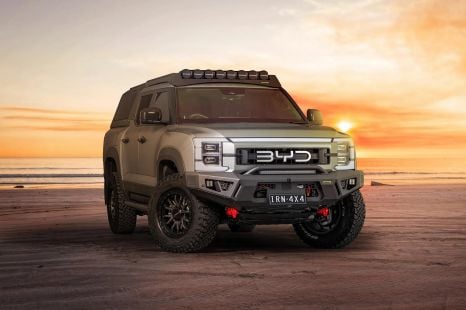

William Stopford
BYD Shark 6 gets higher payload thanks to GVM upgrade
1 Day Ago
Want a new ute? A proper challenger from China is on the way next year. The new Great Wall ute promises to give the Toyota HiLux and Ford Ranger a bit more to think about than the weedy Steed offered at the moment.

Contributor
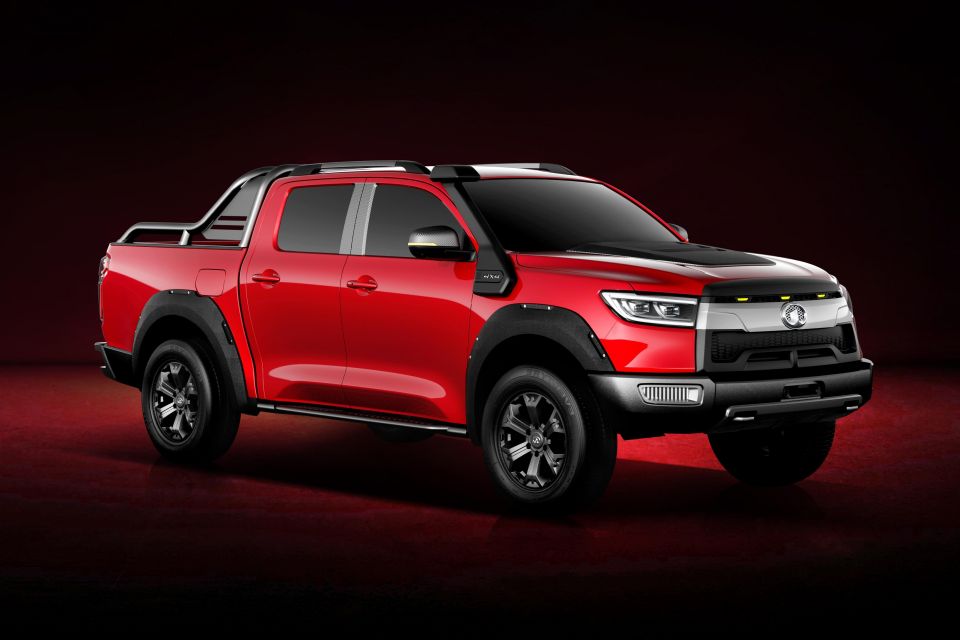

Contributor
The battle for sales in Australia’s hotly-contested dual-cab ute segment is already tough, but it’s only going to get tougher.
There’s a new Mazda BT-50 and Isuzu D-Max, the Toyota HiLux is getting a power boost, and the Ford Ranger has been given a technology bump to keep it fresh.
Add in the recently-updated, value-packed Mitsubishi Triton, along with cheaper rivals such as the Ssangyong Musso and LDV T60, and making an impact is tough.
So far, the Great Wall Steed hasn’t made a huge impact in Australia recently. It’s cheap and functional, but looks weedy compared to the truck-like utes that dominate the market.
The new model, revealed at the 2019 Shanghai motor show and set to arrive Down Under early next year, should change that.

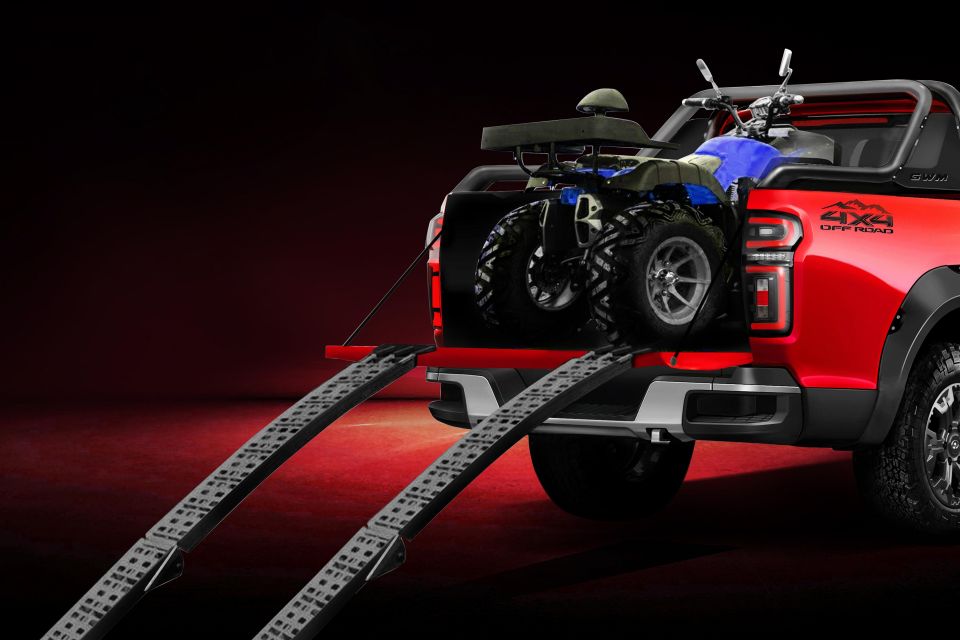
With sales in the rampant Chinese new car market slowing, Great Wall has turned its eyes to south-east Asia as somewhere it can grow.
Rather than targeting Chinese-market dominance with its new ute, the company is aiming to join the Toyota HiLux and Ford Ranger on the global best-seller list.
Unlike the Chinese-built current model, the next-generation ute will eventually be manufactured in Thailand, in the General Motors factory used to build the Holden Colorado before the plug was pulled
Thailand has been dubbed the Detroit of south-east Asia, and is home to manufacturing operations for the Toyota HiLux, Ford Ranger, Nissan Navara, Isuzu D-Max, and Mazda BT-50.
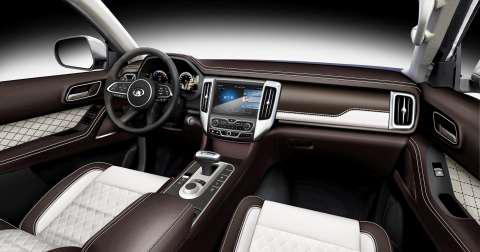
The move give Great Wall access to a vast supply chain, a skilled workforce, and a direct link with some of the world’s largest ute markets, including Australia.
“Great Wall Motors will expand through the entire ASEAN region with Thailand as the centre, and export its products to other ASEAN countries as well as Australia,” the company said in a statement earlier this year.
The new ute (which is known as the Cannon in China, but hasn’t yet been named for Australia) will be much bigger than its predecessor, and have an aggressive truck-like exterior.
Measuring up at 5425mm long, 1972mm wide and 1893mm tall, it’s almost identical to the Ford Ranger in length, and broader than the already-bulky Volkswagen Amarok.
Two different suspensions will be offered: a leaf-sprung setup on the base Commercial, and a multi-link setup on mid-range Urban and high-end Adventure variants.

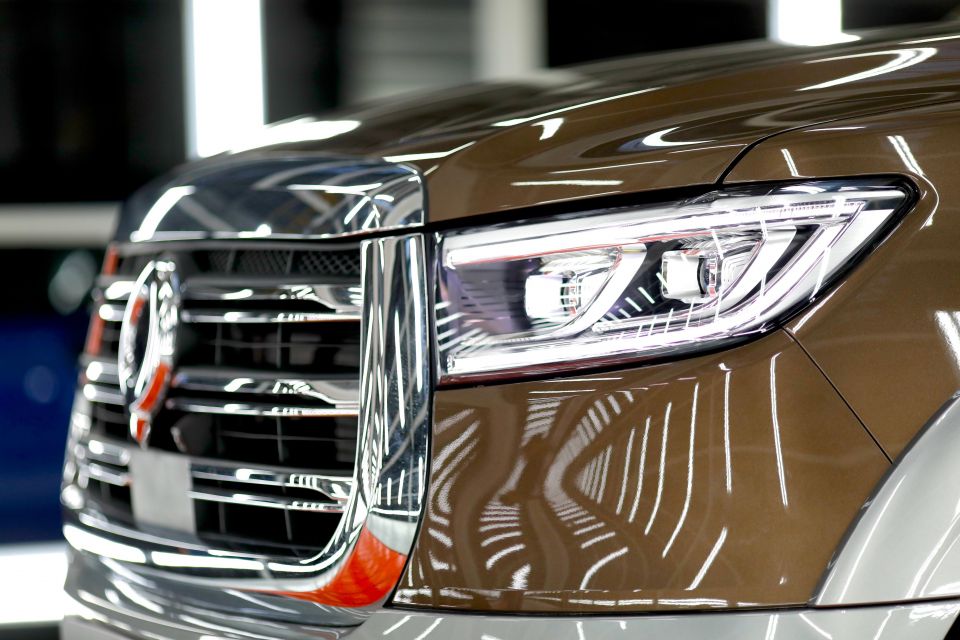
Payload hasn’t been revealed for the leaf-sprung base model, but Great Wall said at the car’s Shanghai debut the multi-link-equipped ute will have a payload of just 500kg.
It will be able to tow 3500kg if the Great Wall motor show presentation is to be believed.
Petrol or diesel power will be offered overseas, but an Australian engine line-up hasn’t been confirmed.
The diesel engine announced at launch was a 2.0-litre turbocharged four-cylinder unit with 145kW and up to 400Nm, but Great Wall also signalled a more powerful turbo-diesel with up to 500Nm of torque is in the works.

Although it said the torquier diesel would be larger than the base 2.0-litre unit, it didn’t confirm whether it would be a four- or six-cylinder.
Given the entire Great Wall line-up is powered by four-cylinder engines, a four-pot seems likely.
CarExpert expects the new Great Wall ute to be in Australia early in 2021.
Where expert car reviews meet expert car buying – CarExpert gives you trusted advice, personalised service and real savings on your next new car.
Scott Collie is an automotive journalist based in Melbourne, Australia. Scott studied journalism at RMIT University and, after a lifelong obsession with everything automotive, started covering the car industry shortly afterwards. He has a passion for travel, and is an avid Melbourne Demons supporter.


William Stopford
1 Day Ago
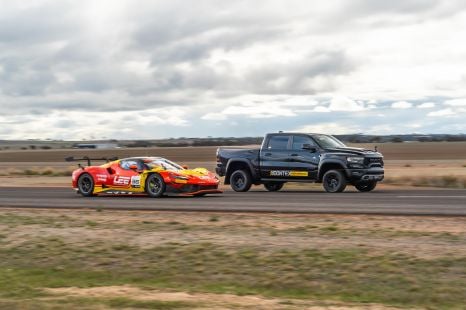

Paul Maric
3 Days Ago


Josh Nevett
4 Days Ago


James Wong
5 Days Ago
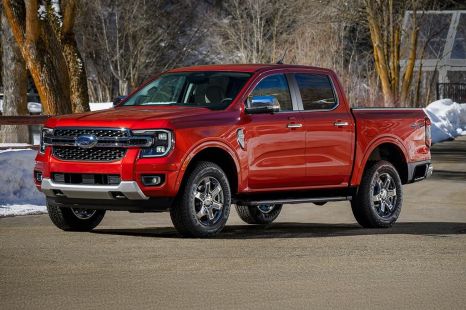

Damion Smy
9 Days Ago


Max Davies
9 Days Ago